Laugharne Castle | Visit Amazing Welsh Castles
Laugharne Castle is beside the River Taf in Carmarthenshire, South Wales. It began as a Norman stronghold before being converted into a Tudor mansion. The site has seen periods of conflict, domestic use, and literary inspiration.
It is best known today for its connection to the Welsh poet Dylan Thomas, who lived nearby and often visited the grounds.
The ruins offer a mix of medieval military architecture and Tudor domestic features. Its twin-towered gatehouse and riverside location make it a distinctive site among Welsh castles. The surrounding town of Laugharne retains a close relationship with the castle’s heritage, providing visitors with access to both history and culture.
Quick Facts
Name: Laugharne Castle (Welsh: Castell Talacharn)
Location: Laugharne, Carmarthenshire, South Wales
Founded: Late 12th century
Type: Originally a Norman earthwork castle; later developed into a stone-built fortress and Tudor mansion
Condition: Ruined, with substantial stone remains including towers and curtain walls
Ownership: Cadw (Welsh Government's historic environment service)
Public Access: Yes, with seasonal opening hours
Famous Associations: Dylan Thomas, Sir John Perrot
Listing Status: Scheduled Ancient Monument and Grade I listed building
Brief History
Laugharne Castle was first established c. 1116 by the Anglo-Norman de Brian family as a wooden ringwork fortification. By the early 13th century, it had become part of the holdings of the powerful de Turribus family. The castle was rebuilt in stone during the reign of Llywelyn ap Gruffudd, likely as a defensive response to Welsh uprisings.
In 1257, the castle was captured and damaged by Llywelyn’s forces. It was later restored and further developed under the English Crown. During the late 13th and early 14th centuries, the site became part of the lordship of Laugharne, and extensive stonework was added, including curtain walls and the twin-towered gatehouse.
The castle changed hands several times during the Wars of the Roses and the Tudor period. In the late 16th century, Sir John Perrot, a prominent courtier under Queen Elizabeth I, transformed Laugharne Castle into a luxurious Tudor residence. He added large windows and comfortable domestic chambers, some of which are still visible today.
During the English Civil War in the 1640s, Royalist forces held the castle until Parliamentarian troops captured and slighted it—intentionally damaging the defences to prevent reuse. It has remained a ruin since then.
Features and Layout
Laugharne Castle has a layout shaped by both its military and domestic functions. The most prominent feature is the twin-towered gatehouse, dating from the 13th century. These rounded towers flank the main entrance and were designed to defend against attackers. Arrow loops and mural staircases are still visible inside.
The curtain wall encloses a compact courtyard. Within this area, visitors can see the ruins of the Tudor mansion, added by Sir John Perrot. This part of the site includes large mullioned windows and the remains of an internal fireplace, highlighting its former comfort and status.
A tower at the southeast corner—once part of the living quarters—offers river views and access to the garden terrace. A small stone hall sits within the enclosure, where traces of carved stone detail reflect its Tudor refinement.
The castle grounds also feature a Victorian garden layout created when the site became part of a private residence in the 19th century. Paths, planting beds, and an old greenhouse base remain visible.
Inside the walls, you’ll also find graffiti carved into the stonework, left by prisoners held during the Civil War. These marks provide a human trace of the castle's later history.
Did You Know?
Dylan Thomas used a gazebo in the castle grounds to write. It faces the Taf Estuary and still stands today.
Images
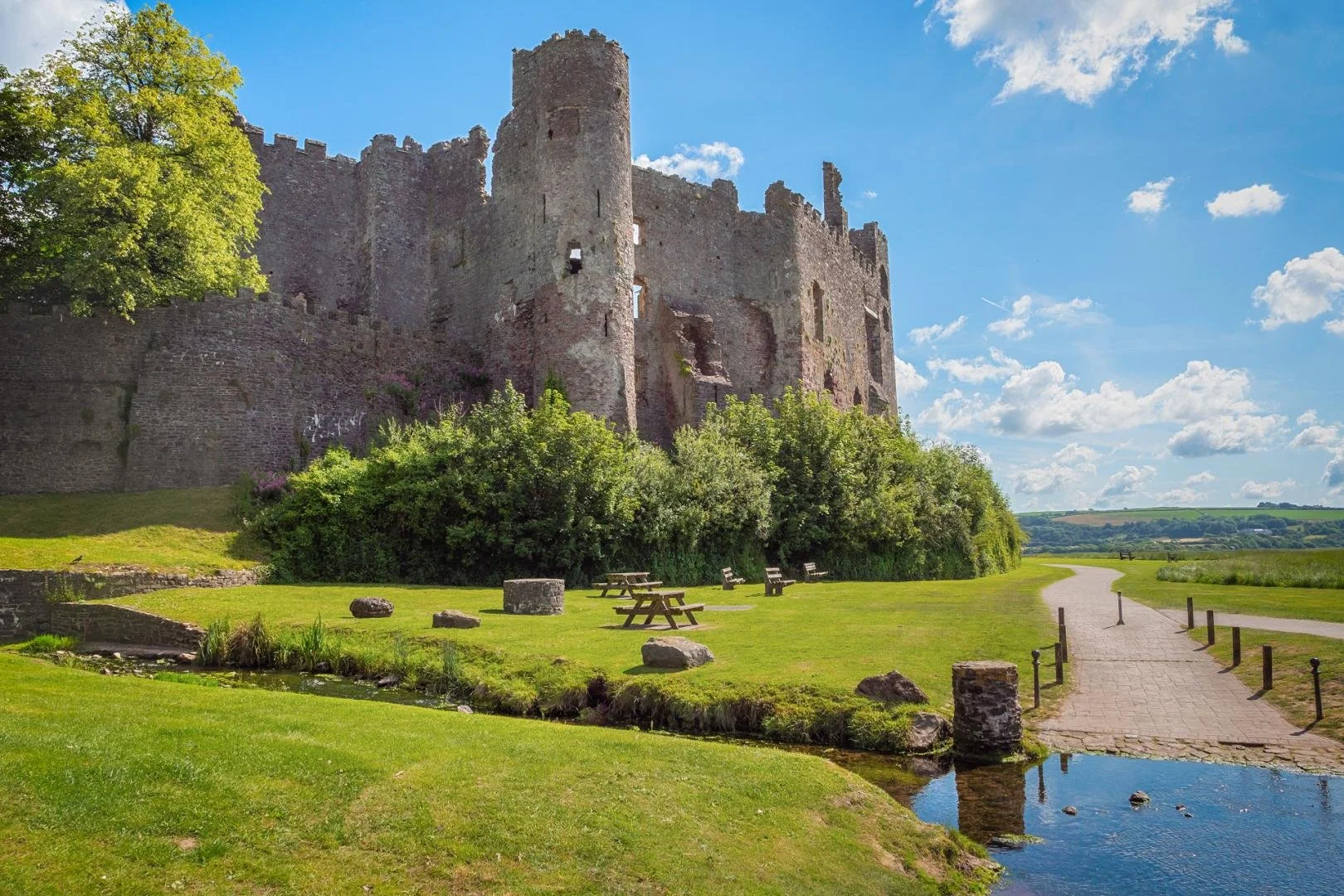
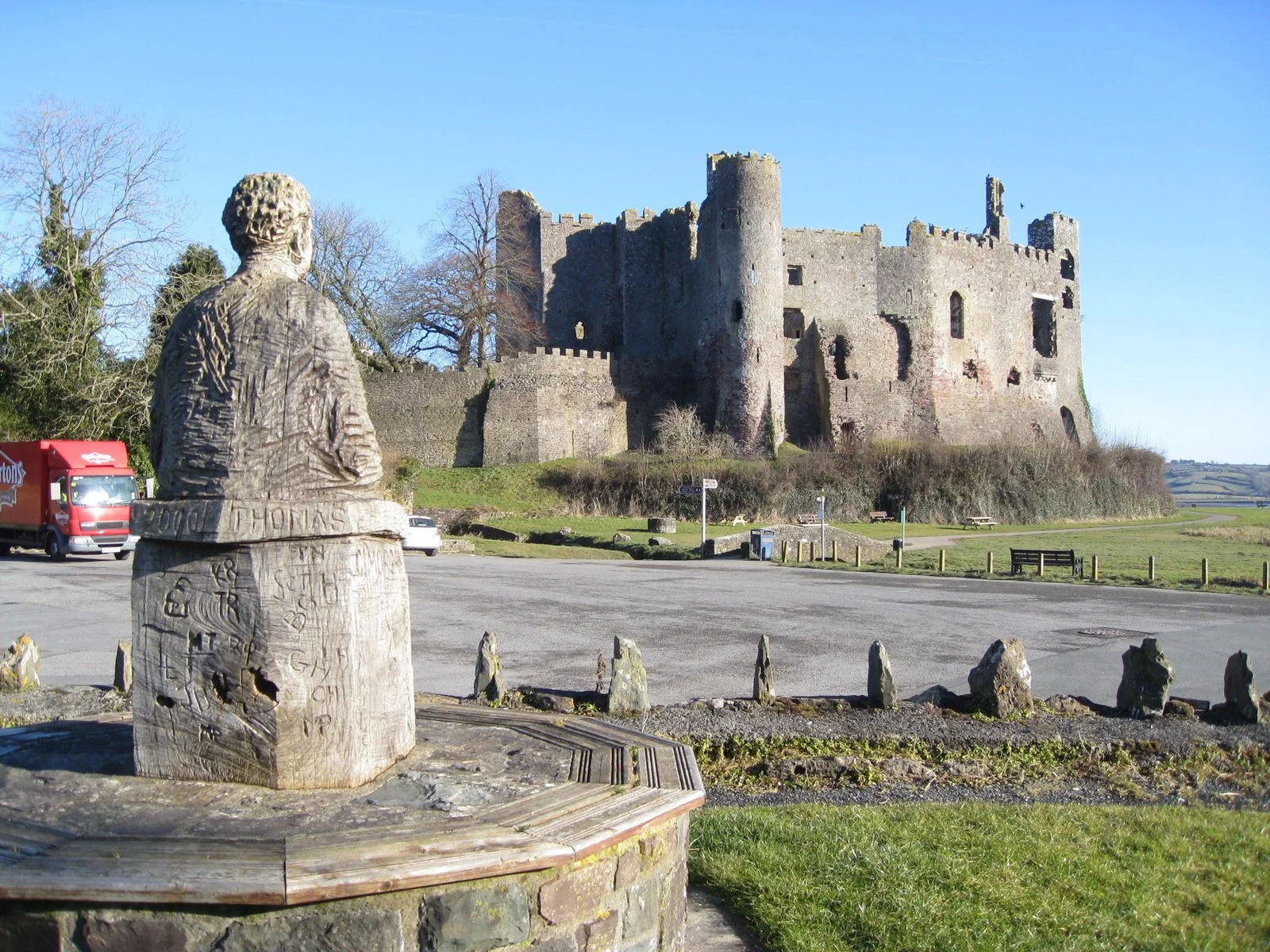
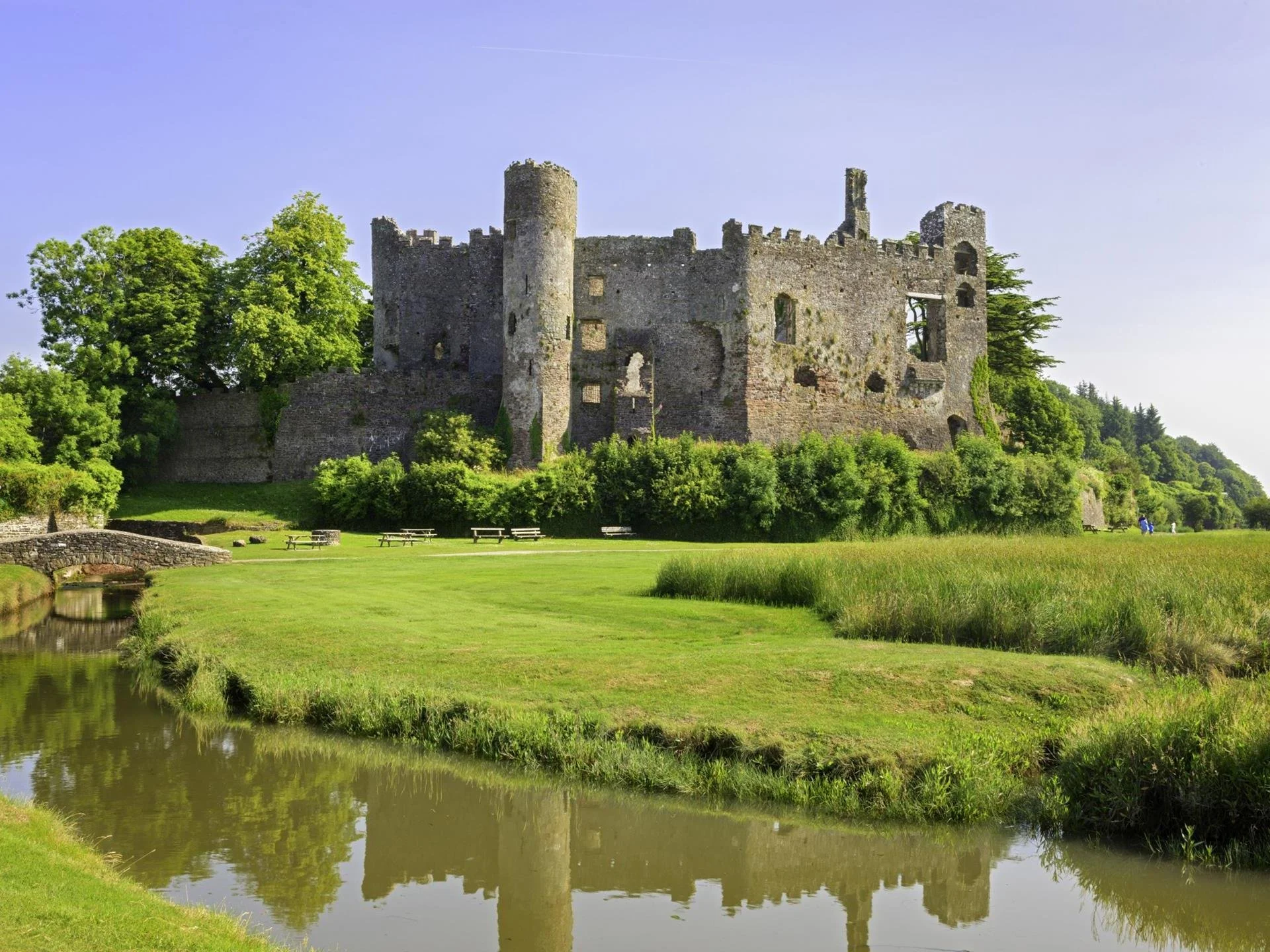

Legends and Stories
Laugharne Castle has few recorded legends, but several stories link it to notable historical figures and events.
One common tale concerns Sir John Perrot, who was long rumoured, though never proven, to be an illegitimate son of King Henry VIII. He remodelled the castle in the late 16th century. Local tradition claims that his ambitious building works reflected his belief in royal lineage, although no contemporary evidence supports this.
The most famous modern association is with Dylan Thomas, the Welsh poet who lived in Laugharne during the 1940s and early 1950s. According to stories shared by local guides and the Dylan Thomas Boathouse visitor centre, Thomas often visited the castle ruins for quiet reflection and writing. The writing shed near the castle and the poet’s former home at the Boathouse have become part of local lore surrounding his creative process.
Visiting
Laugharne Castle is open Thursday to Monday, from 10:00 – 16:00 GMT. It is closed on Tuesdays and Wednesdays.
Ticket Prices (1st June – 31st August 2025)
Adults: £6.50
Seniors (65+): £5.80
Juniors (5–17) / Students: £4.50 (student ID required)
Family ticket (2 adults + up to 3 children under 5): £20.70
Disabled person & companion: Free
£1 tickets available for Universal Credit and named benefits on booking online with proof at entry
From 1st September 2025 the prices reduce slightly (e.g. adult £6.20, junior £4.30).
Directions & Facilities
Address: King St, Laugharne, Carmarthenshire, SA33 4SA
Car parking: Pay & Display located about 300 m (328 yards) below the castle entrance; may flood during high tides
Public transport: Carmarthen rail station is about 11 miles away; local bus route 222 stops around 100 m from the castle
Accessibility: Slight incline from car park; level paths inside; only ground‑floor access in towers; portable induction loop available
Other amenities: On‑site exhibition, gift shop, water refill station, toilets; no smoking; no drones; available for hire
Dog Policy
Dogs on short leads are welcome only on the ground‑floor areas of the site. Upper areas are not accessible. Assistance dogs are permitted throughout.
Note: Some visitors on TripAdvisor reported dogs being barred near the gardens, though official guidance permits limited access.
Nearby Attractions
Dylan Thomas Boathouse & Writing Shed
Dylan Thomas lived here from 1949 to 1953. The house now serves as a museum and tearoom. His writing shed, close to the castle, has been restored to resemble his workspace overlooking the estuary. Scholars note that fewer than 300 lines of Under Milk Wood were written here, despite popular belief.
Castle House
Built around 1730 in Georgian style, Castle House lies just below the castle ruins. Richard Hughes lived here in the 1930s and 1940s and wrote In Hazard in its garden gazebo. Richard then hosted Dylan Thomas, who wrote Portrait of the Artist as a Young Dog in the same summerhouse.
Brown’s Hotel
Once Dylan’s favourite pub, this Grade II listed building remains a popular spot for visitors. Dylan often drank there and even gave the hotel number as his own in letters. Locals recall how the darts board and nuptial bed were preserved as literary memorabilia.
Laugharne Town Hall and Market Area
The town hall stands close to the castle and dates from the medieval borough era. Dylan described the town as “timeless” and believed the clock on the town hall “tells the time backwards”.
Visitor Tips
Stay for the views—bring binoculars for birdwatching on the Taf estuary.
Photo op—visit the gazebo at sunset for scenic shots across the river.
Wear sturdy footwear—paths inside the castle are gravel and some areas uneven.
Pack layers—coastal winds can be chilly even in summer.
Combine visits—explore both Laugharne Castle and Dylan Thomas sites in the morning before lunch in town.
FAQs
-
Laugharne Castle is open Thursday to Monday, from 10:00 to 16:00. It is closed on Tuesdays and Wednesdays. Opening hours may vary seasonally.
-
Yes, dogs on short leads are welcome on the ground-floor areas of the site. Dogs are not allowed on upper levels. Assistance dogs are permitted throughout.
-
From Carmarthen, take the A4066 southwest towards Laugharne (approx. 11 miles). A Pay & Display car park is available near the town centre, about 300 metres from the castle.
-
Partial. The approach from the car park includes a gentle slope. Inside the castle, access is level across most of the courtyard. However, tower interiors and some upper walkways are not accessible to wheelchairs.
-
Laugharne offers several attractions linked to Dylan Thomas, including the Boathouse Museum and Brown’s Hotel. The estuary walks and town hall also attract visitors.
Wrapping it Up
Laugharne Castle offers a combination of medieval history, Tudor architecture, and literary connections. Its twin-towered gatehouse, ruined halls, and estuary views provide insight into centuries of change. As a Cadw-managed site, it is accessible to visitors and forms part of Laugharne’s broader cultural landscape.
The castle’s connections to Dylan Thomas and Sir John Perrot add depth to its appeal. Whether visiting for heritage, landscape, or literature, Laugharne Castle provides a compact yet engaging experience in South Wales.
Sources
Cadw Official Site
Provided all details on opening hours, ticket prices, dog policy, accessibility, and on-site facilities.
https://cadw.gov.wales/visit/places-to-visit/laugharne-castle
Cadw Membership Ticket Booking
Gave confirmation of seasonal hours and reduced price schemes.
https://www.cadwmembership.service.gov.wales/events/laugharne-castle-site-entry-tickets-1
TripAdvisor Reviews
Used for first-hand accounts of dog access and visitor impressions.
https://www.tripadvisor.com/ShowUserReviews-g209942-d212312-r129545168-Laugharne_Castle
Wikipedia – Laugharne Castle
Provided historic timeline and details on castle development phases.
https://en.wikipedia.org/wiki/Laugharne_Castle
Wikipedia – Dylan Thomas Boathouse
Provided details about Thomas’s life in Laugharne and his writing habits.
https://en.wikipedia.org/wiki/Dylan_Thomas_Boathouse
Wikipedia – Castle House, Laugharne
Gave biographical context on Richard Hughes and his link to Dylan Thomas.
https://en.wikipedia.org/wiki/Castle_House,_Laugharne
Wikipedia – Brown’s Hotel
Provided background on Dylan Thomas’s connection to the hotel.
https://en.wikipedia.org/wiki/Brown%27s_Hotel,_Laugharne
Wikipedia – Laugharne Town Hall
Used for context on the town’s civic history and links to Dylan Thomas.
https://en.wikipedia.org/wiki/Laugharne_Town_Hall
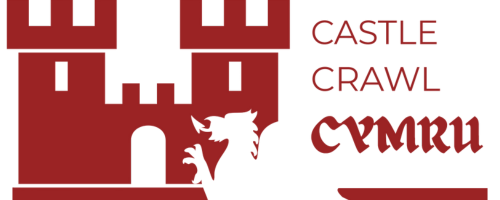

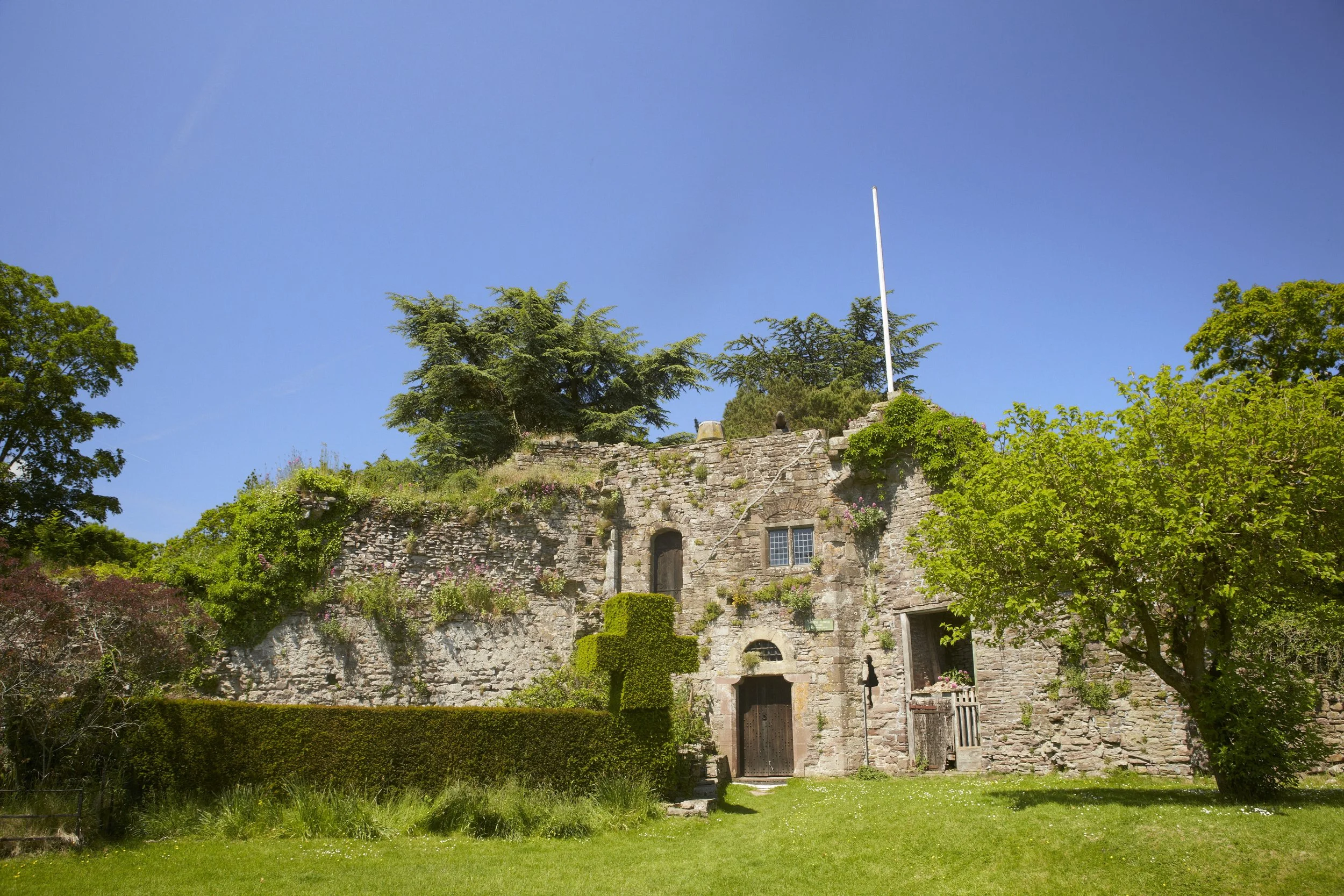
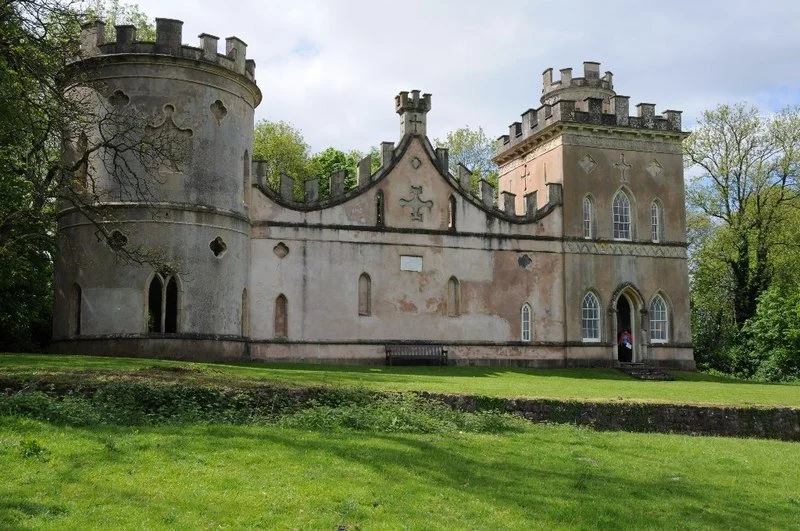
Cardiff Castle is a medieval and Victorian-era site in the centre of Cardiff, the capital of Wales.